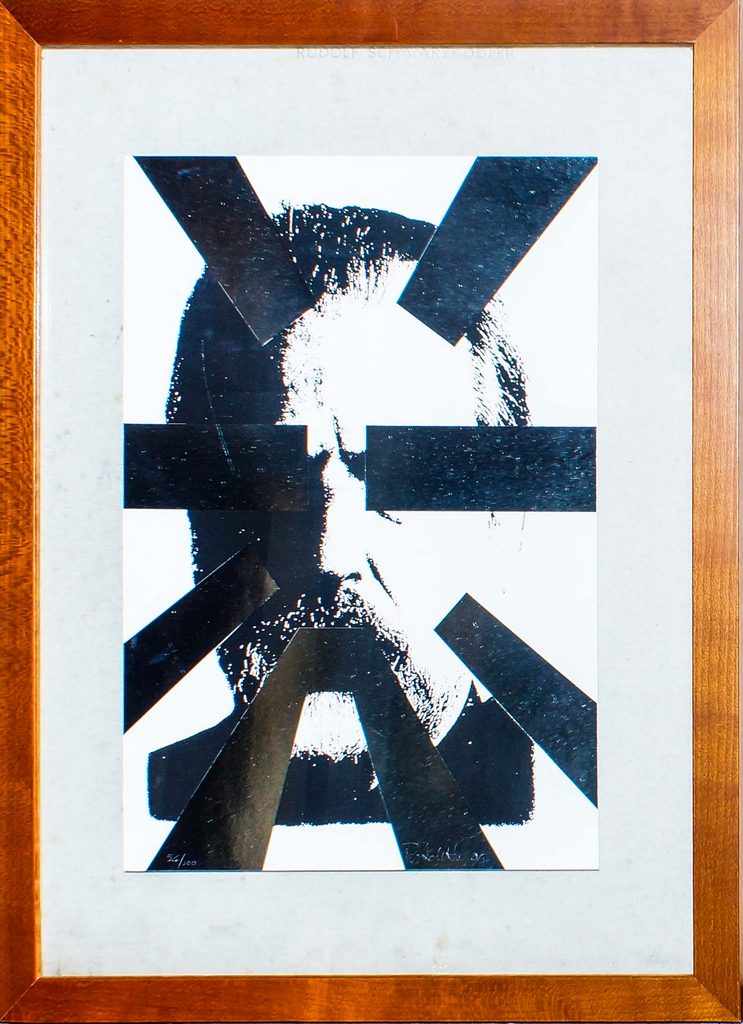
Arte Povera: An Artistic Revolution
Arte Povera, an Italian art movement that emerged in the late 1960s and early 1970s, revolutionized the art world by challenging conventional practices and materials. Translating to “poor art” or “impoverished art,” this movement was a powerful reaction against the prevailing dominance of abstract expressionism and formalism. Instead, it sought to explore new avenues of expression and meaning, encouraging artists to break free from the constraints of traditional art and embrace humble materials to create thought-provoking and authentic works.

Unconventional Materials: Embracing the Ordinary
At its core, Arte Povera rejected the use of conventional art materials and techniques. Instead, artists turned to discarded and unassuming objects found in everyday life. This innovative approach allowed them to connect with their audience on a deeper level, as the materials they employed were relatable and familiar. Earth, rocks, rusted metal, found objects, cloth, and even common items like furniture or clothing became the raw materials for their artistic endeavors.
Breaking Barriers: Accessible Art Beyond the Gallery
The movement’s central idea was to challenge the commercialization and commodification of art prevalent in the art market. Arte Povera artists wanted to dismantle the barriers between high art and ordinary life, making their works accessible to all. To achieve this, they eschewed the conventional gallery setting and chose to exhibit their creations in alternative spaces, such as abandoned warehouses or public squares. By taking art to the public, they sought to inspire dialogue and evoke emotions in everyday people, blurring the lines between the artistic and the mundane.

Art with a Purpose: Engaging with Societal Issues
Arte Povera was not solely focused on artistic experimentation; it also drew inspiration from the political and social climate of the time. In an era marked by student protests and labor strikes across Europe, artists saw their work as a medium to engage with larger societal issues. Their creations aimed to shed light on inequalities and injustices, challenging established power structures and questioning the status quo. The movement served as a platform for social commentary and reflection, elevating the role of art to a tool for positive change.
Jannis Kounellis: Symbolism and Provocation
Among the notable artists associated with Arte Povera, Jannis Kounellis stood out for his significant contributions to the movement. Born in Greece but later becoming a prominent figure in Italy, Kounellis infused his works with profound symbolism and political undertones. He is often remembered for his groundbreaking installations that incorporated unconventional materials like coal, live animals, and raw jute sacks. By integrating these disparate elements, Kounellis sought to evoke emotions, provoke thought, and challenge the viewers’ perceptions of the world around them.

Enduring Impact: Inspiring Contemporary Art
Arte Povera’s impact on the art world was profound and continues to reverberate through contemporary art. Its emphasis on utilizing humble materials and questioning the established art market has inspired subsequent generations of artists. The movement serves as a constant reminder that art’s power lies not in its lavishness or cost, but in its ability to connect with people, evoke emotions, and provoke meaningful discussions.
Conclusion
In conclusion, Arte Povera was a groundbreaking artistic revolution that pushed the boundaries of traditional art practices and materials. Through their innovative use of everyday objects and alternative exhibition spaces, artists challenged the notion of art as an exclusive and expensive commodity. Additionally, their engagement with political and social issues demonstrated art’s potential as a catalyst for change and reflection. The influence of Arte Povera endures today, as contemporary artists continue to explore new avenues of expression and meaning, inspired by the movement’s revolutionary spirit.
Related artworks

Untitled
Jannis Kounellis
Mixed Media
778€

Self-Portrait
Michelangelo Pistoletto
Mixed Media
2900€

Vecchio non far che presso a queste navi....
Jannis Kounellis
Mixed Media
4600€

Untitled - Leaves
Mario Merz
1700€

Fragments
Jannis Kounellis
Etching
3200€

Untitled - Fabbrica
Jannis Kounellis
Mixed Media
18000€

Composition
Jannis Kounellis
Oil on Canvas
13000€

Composition
Jannis Kounellis
Oil on Canvas
12000€

Olympic Balloons - Sarajevo 1984
Michelangelo Pistoletto
Screenprint
8188€

Never-Ending Spiral, Olympic Games Beijing 2008
Jannis Kounellis
Mixed Media
1219€

Sarayevo Olympic Games Poster
Michelangelo Pistoletto
Offset
225€

Never-Ending Spiral, Olympic Games Beijing 2008
Jannis Kounellis
Mixed Media
1200€

Triptych
Giulio Paolini
42000€

